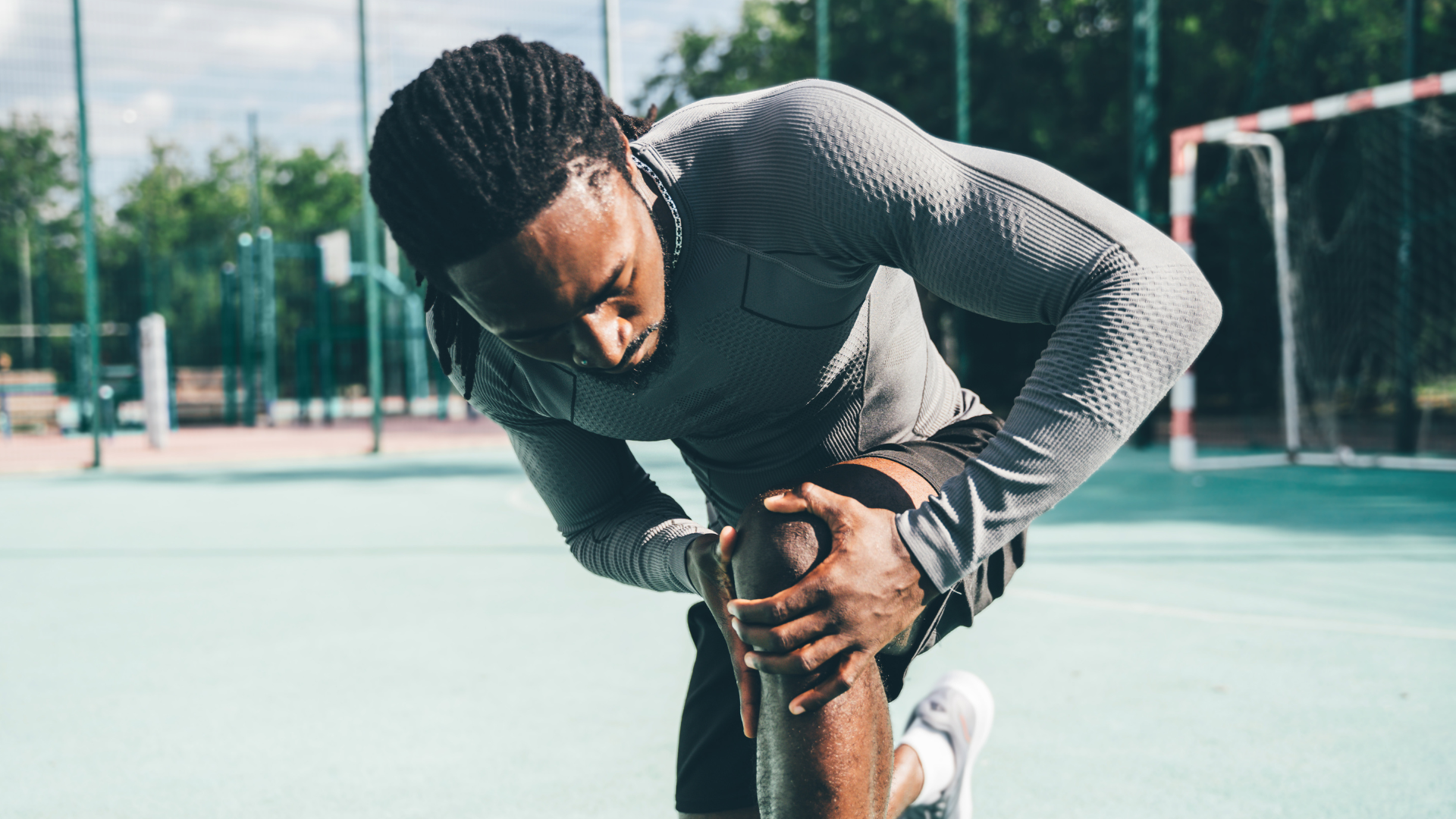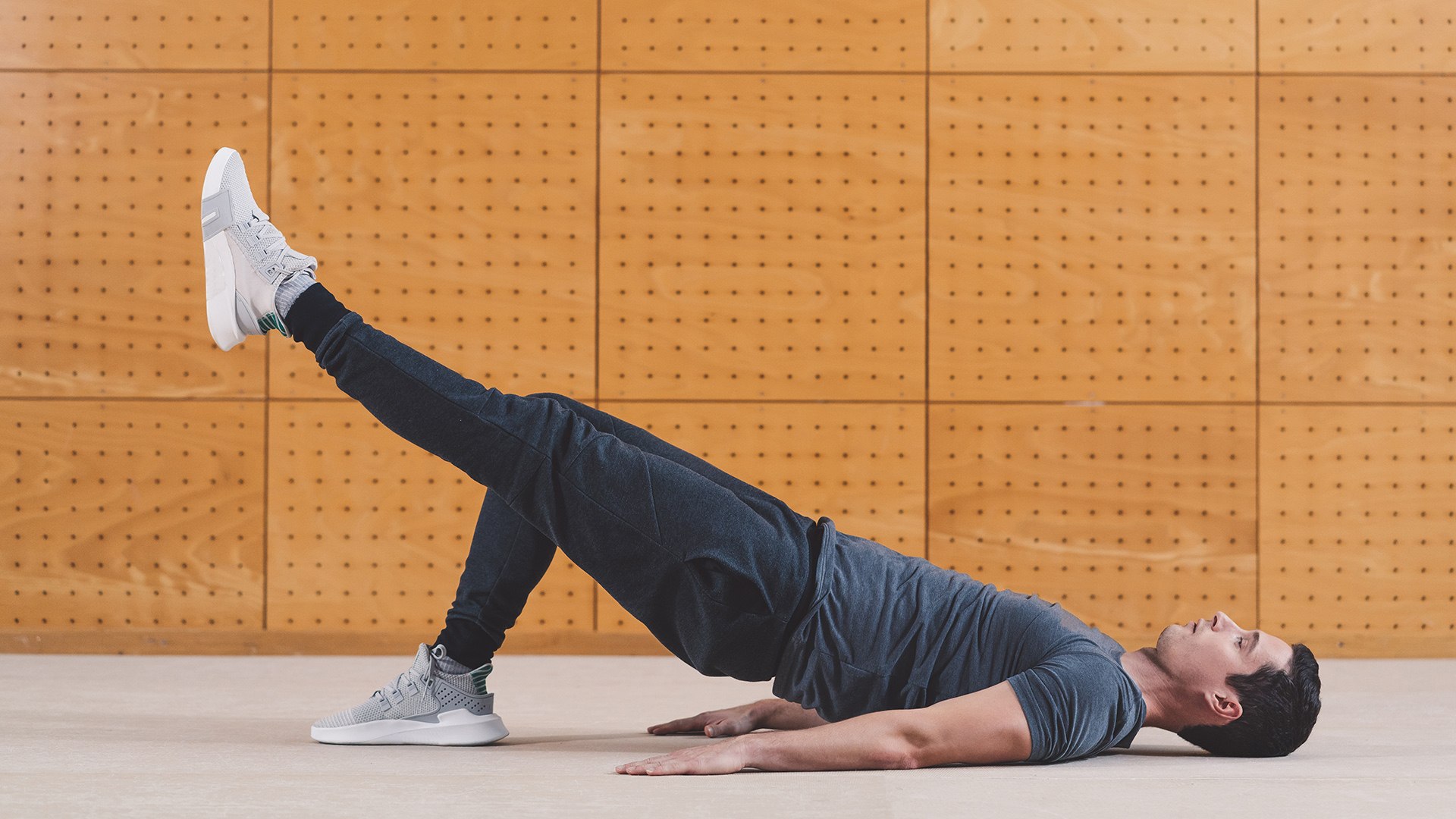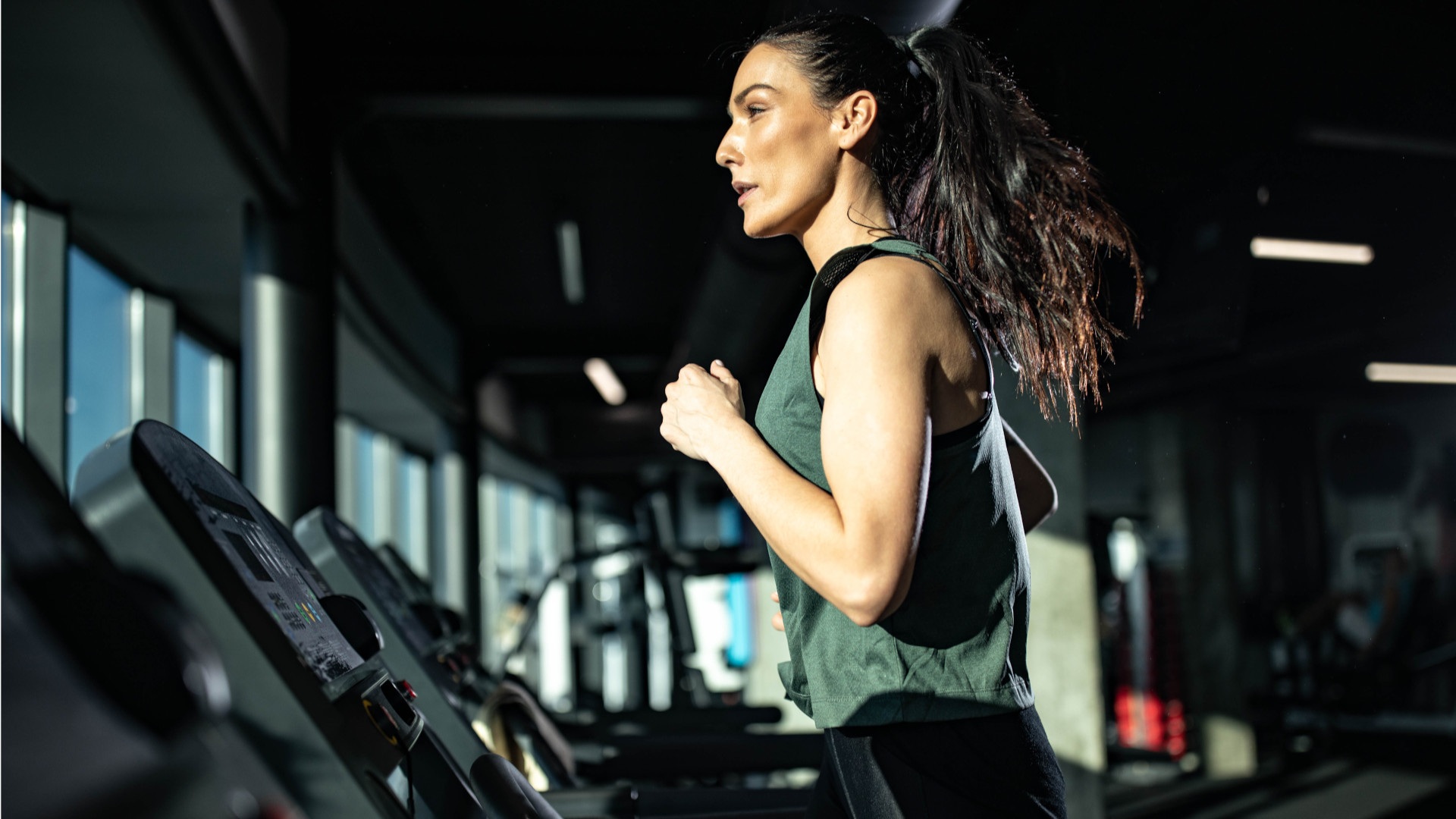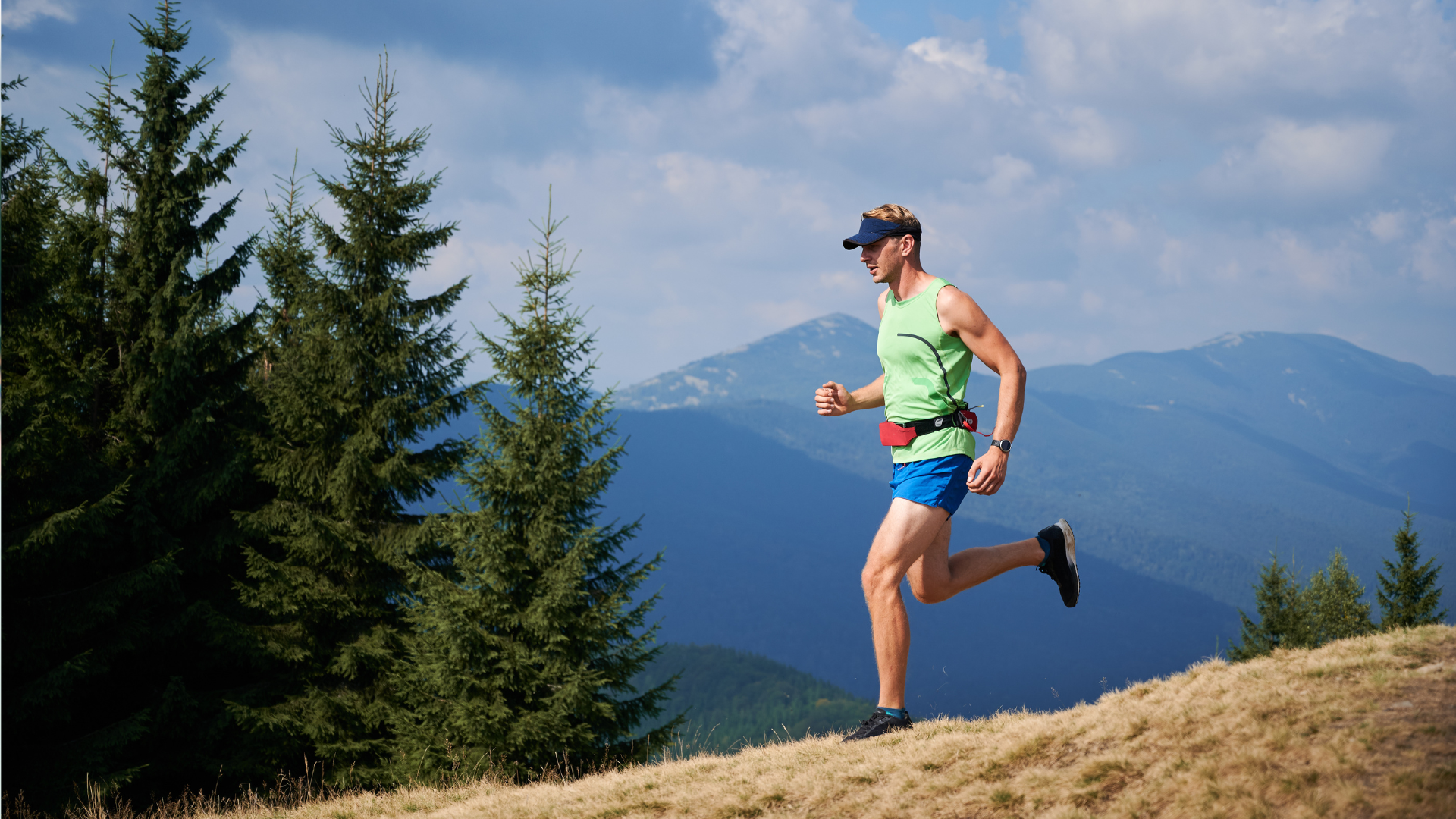5 ways to prevent knee pain during running, according to a triathlon coach
If you want to reduce your knee pain, start doing these five things


Nothing puts a damper on a run like pain. It can be the thing that stands between you and hitting a PB and, sometimes, even getting out the door to begin with. It’s no secret that knee pain is rife when it comes to running, as it puts a tremendous amount of force through them (and body), up to two to four times our body weight.
If you are prone to knee pain, this doesn’t mean you have to necessarily hang up your running shoes and call it a day though. There are actions you can take to help protect your knees experiencing niggles during your runs. We spoke to Fran Bungay, Head Coach for Goal Specific Coaching and the Training Today App, who's also a triathlon coach, to share her top tips.
Incorporate some strength training

Strengthening your knee joint with some dumbbell or resistance band exercises will help withstand the force that goes through them when you run, which may reduce the likelihood of injury. You don’t need to start dedicating half your week to it either, a couple of days a week is plenty.
“Ensure that an element of this work is specific to running: single leg work, lunges, core work, movement patterns such as high knees, reverse lunge to high knee with resistance, and plyometric work,” Fran says. “This will not only make you a stronger runner, but can even out any muscle imbalances which could potentially cause issues with the knee."
It’s not just injury prevention that strength training can help with either, a 2017 study has shown that it can also increase your running speed. Here’s seven strength exercises to boost your speed from a former sprint champ.
Overload slowly
If you’re new to running especially, or the runner's high has all of a sudden decided to kick in, it can be easy to overdo things, but this could just worsen your knee pain. “Stick with the 10% rule in terms of progressing your running from week to week, and listen to your body,” Fran says.
“Make sure you build in recovery weeks and, if you can, avoid running back to back (especially if you are new to the sport).” Instead, she suggests some active recovery, such as the bike, swimming or elliptical trainer.
Get all the latest news, reviews, deals and buying guides on gorgeous tech, home and active products from the T3 experts
Get a biomechanical run analysis

Bad running technique is your one-way ticket to an injury, which is why it’s key to get this spot on. “As athletes we want to minimise that stress through our body, therefore working with a physio or a coach to tweak your run technique can help to avoid potential injuries caused by poor technique such as overstriding and heel striking in front of the knee,” says Fran.
She also adds that a biomechanical run analysis can help guide you to the best running shoe for your feet. “Find out if you over-pronate, under-pronate or if you are a neutral runner, and how much cushioning is advised,” says Fran. This can make a massive difference to your running technique to better protect your knees.
Don't forget mobility exercises
“Tight IT bands and quads can pull on the attachment points in the knee, causing runners knee and other potential knee injuries such as ITB syndrome and patellar tendonitis,” says Fran. Whether the pain is at the front of your knee, side, or you’re feeling achy after your run, Fran says this could be down to a combination of poor biomechanics, a lack of mobility and flexibility.
“Spending 10 minutes post workout stretching out your major muscle groups and foam rolling or using the massage gun can help prevent this from happening,” says Fran. She also recommends booking an appointment with a physio to assess your running form, muscle strength and balance
Go easy on the eccentric loading

“Eccentric loading puts a lot of pressure through the knees. In running, this is caused by a lot of downhill running,” Fran says. If you’re someone who runs ultramarathons Fran advises building this skill slowly on soft surfaces.
“Also, give yourself a non impact day or a rest day the following day to aid recovery. Ensuring that you are fueling for the work required, and recovering with the correct nutrition will also help.”
Variety is the spice of life
If running is your life, but you are prone to knee pain, or even have the onset of arthritis, this doesn’t mean you have to pack in running altogether. Fran suggests adding more variety to your training, following the advice above, and limiting your run mileage.
“Replace your long run with an elliptical session, and build your fitness through non impact sports such as swimming and cycling,” she says. “Then make the running you do count with quality well structured sessions; avoid hard surfaces if you can, and perhaps consider a treadmill session.”
Of course, if the pain is really bad, she also advises seeking help from a professional coach and physio.

Bryony’s T3’s official ‘gym-bunny’ and Active Staff Writer, covering all things fitness. She is a certified personal trainer and also a part-time fitness instructor. In her spare time, you will find her in her natural habitat - the gym - where her style of training is a hybrid of bodybuilding and powerlifting. Bryony loves writing about accessible workouts, nutrition and testing innovative fitness products that help you reach your fitness goals and take your training to the next level.